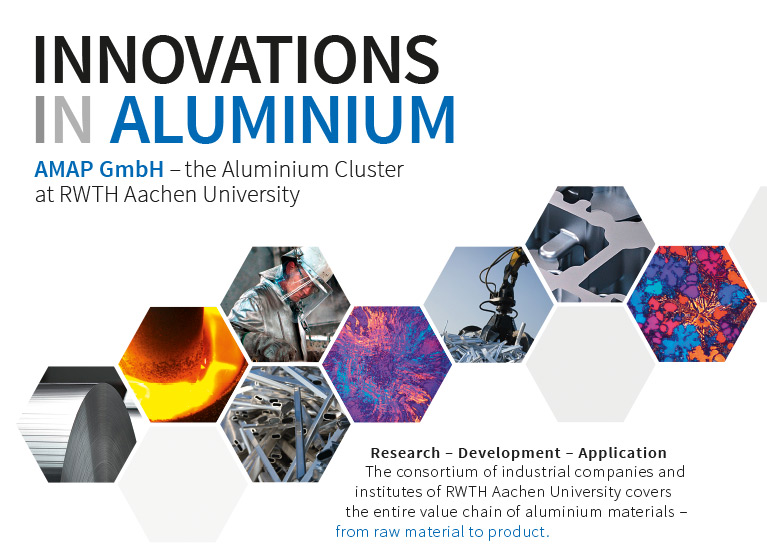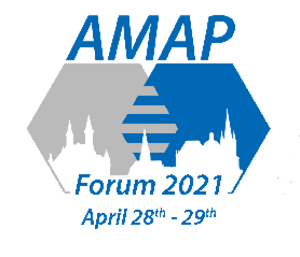III.4 - From aluminum scrap melting furnace to recycling plant - 100 years of development
Dominik Schröder
LOItenova
Summary
Although aluminum has been used as an industrial material for over 100 years, the lightweight construction material only really began its triumphant advance in the second half of the 20th century. As recently as the 1940s, the recycling of aluminum was not an issue, as Dominik Schröder from LOI Tenova explained in his presentation “From aluminum scrap melting furnace to recycling plant, 100 years of development”, which traced the development of melting units. Some examples:
40s: 5-8 t volume, melting capacity <1 t/h
60s-70s: 2nd generation rotary drum furnaces, volume 10-15 t, melting capacity 2-4 t/h
80s-90s: Aluminum hearth melting furnace, melting capacity 5 t/h
In the 1980s, aluminum recycling began on an industrial scale. The most suitable unit was the twin-chamber furnace (TCF Twin Chamber Furnace) with a melting capacity of 2 t/h, which came onto the market in the late 1980s. Growing quantities of scrap in all possible forms led to the second generation TCF with a melting capacity of 30,000 t/a and a melting rate of 5 t/h.
In the 1980s, aluminum recycling began on an industrial scale. The suitable unit was the Twin Chamber Furnace (TCF) with a melting capacity of 2 t/h, which came onto the market in the late 1980s. Growing quantities of scrap in all possible forms led to the second generation TCF with a melting capacity of 30,000 t/a and a melting rate of 5 t/h.
Today's state-of-the-art furnaces have metal losses of less than 1% at the highest possible productivity. Recycling capacities will double within the next 20 years, as furnace expert Schröder explained. The reason for this is the increasing proportion of aluminum in vehicles. More and more recycled cars will have a significant proportion of aluminum. Currently, 3rd generation TCFs have a scrap melting capacity of 10 t/h or 50,000 - 60,000 t/a.
In order to further optimize the production rate and further reduce metal losses, expert Schröder makes a number of demands on the construction of recycling furnaces:
1. adjustment of the temperature in the heated chamber, varying between 900 and 1100 °C
2. dwell time of the scrap on the scrap chamber bridge between 20 and 40 minutes
3. loading cycles adapted.
4. operation via a self-learning database
Schröder sees the solution for the next decade in industrial furnace construction in the application of artificial intelligence and learning algorithms.


